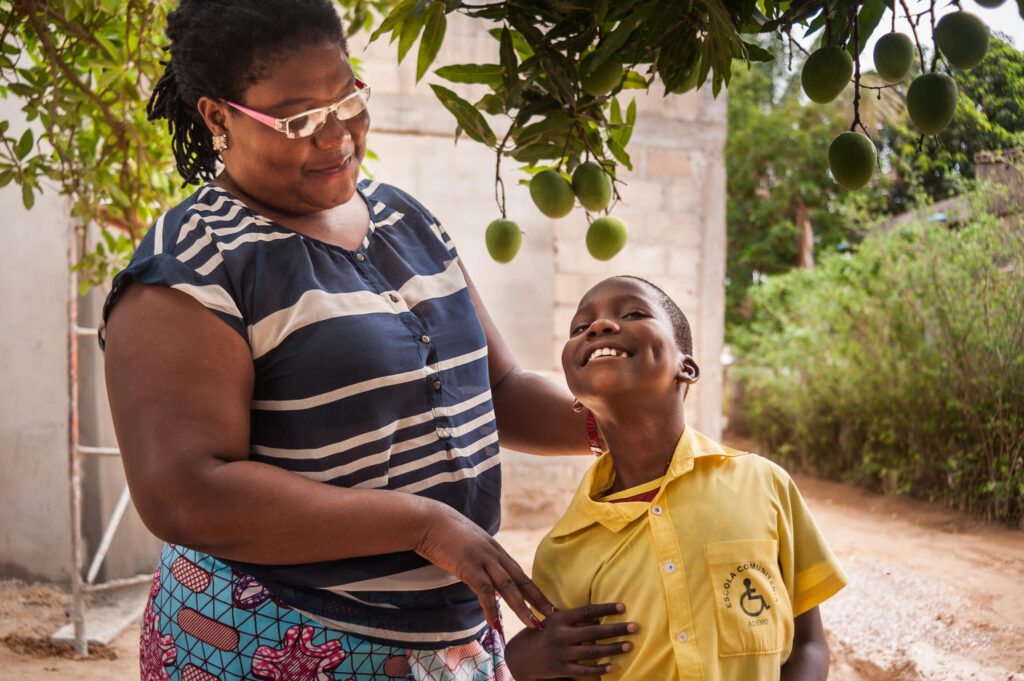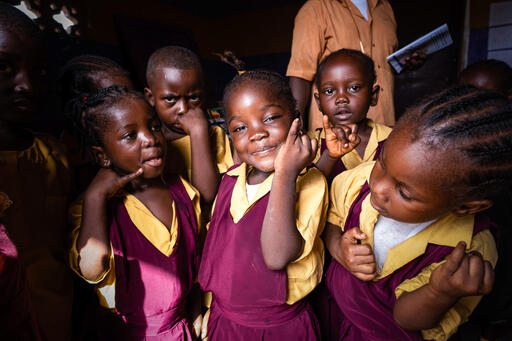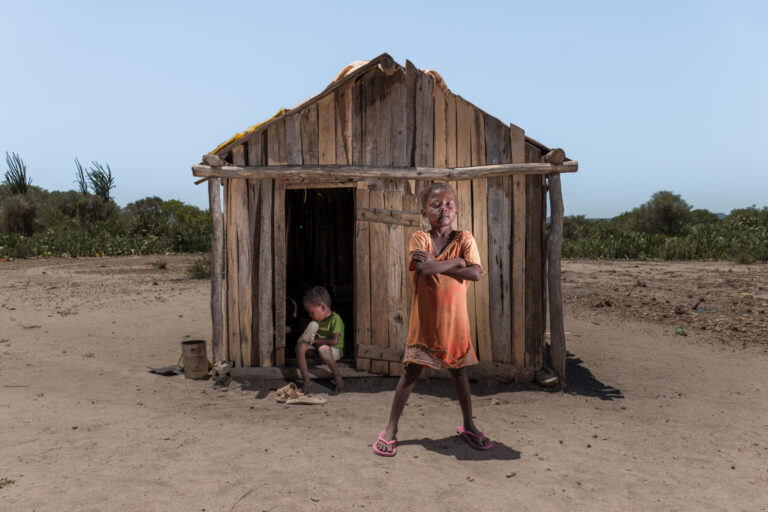
Eduardinho, a 12-year-old boy from Maputo, Mozambique, wants to be lawyer so he can defend people in need. Access to education has had a profound impact on his life and outlook. Going to school meant he could learn to read, to stand, to walk and to become independent. Most importantly, he has made many friends and looks forward to a bright future. Access to education has also had a positive effect on Amir, a 13-year-old Palestinian boy from the West Bank city of Hebron. Amir loves to read and has access to a video magnifier that allows him to do so, despite having a visual impairment.
Like many other children with disabilities, Eduardinho and Amir are likely to be disproportionately affected by the coronavirus pandemic. In most countries, social distancing and other measures are being carried out to contain the spread of the virus, resulting in severe disruptions to daily routines. For example, 90 per cent of children worldwide have been out of school due to school closures. Coping with such changes can be especially problematic for children with disabilities. Remote home schooling for these children involves not only access to the Internet and computer skills, along with books and other learning materials. It may also require specific assistive devices or tailored education curricula that allow for continuous learning at home. Concerns are also growing about the possible effects of social isolation, including increased anxiety and depression, and the flare-up of pre-existing mental health issues.
Moreover, children and adults with disabilities, especially those with difficulties hearing or seeing or with cognitive impairments, also face barriers in accessing public health information, considered the first line of defence in preventing the spread of the coronavirus. Lack of essential health services and water, sanitation and hygiene facilities is another constraint, not only because many persons with disabilities live in poverty, but also because of the limited ability of health systems to deliver inclusive services.
The heightened risks faced by children and adults with disabilities during the pandemic mean that added effort and inclusive policy responses are required to meet their individual needs. The increased burden they share can be reduced if stakeholders take appropriate action, for which good-quality data are key. That said, gathering disability-inclusive data has been a longstanding challenge in many countries.
As countries confront the lingering effects of COVID-19 and implement response strategies, persons with disabilities are at risk of being left behind if governments fail to intentionally collect data from and about them.
Inclusion in numbers
Even in the absence of a global threat, persons with disabilities tend to be underidentified, underrepresented or even excluded altogether from official statistics and monitoring efforts. This can be explained by multiple factors, including low priority and insufficient capacity. A new UNICEF publication, Producing Disability-Inclusive Data: Why it matters and what it takes, is an important contribution to navigating this complicated landscape.
Children and adults with disabilities are likely to remain ‘invisible’ in data collection efforts during this unprecedented time. As a result, they are also likely to be excluded from preparedness, mitigation and response strategies.
During the coronavirus pandemic, many of the constraints to producing inclusive data have tightened, due to the competing urgency of multiple public health threats that require monitoring as well general disruptions to data collection protocols. Ongoing monitoring efforts, including surveys and censuses, have been severely affected. National statistical offices in many countries have suspended or are adjusting current operations to protect the health and safety of their staff and the public. Some data collection efforts are conducted using alternatives to in-person interviews. But while these alternative methods can generate important data on the burden and effects of the coronavirus, persons with disabilities are likely to be left out.
To overcome this risk, and turn crisis into opportunity, special consideration should be given to collecting data that reflect the experiences of persons with disabilities, and ensures their participation every step of the way. This involves the deliberate adoption of proactive strategies and affects all stages of the data collection process – from study design to the dissemination of results.
Instituting a new standard
Disaggregating data according to disability status should become standard practice during the COVID-19 crisis and beyond. But before this can be accomplished, persons with disabilities will need to be accurately identified. Challenges in this regard have been well documented and typically result in underestimations of their actual numbers. Such challenges can be managed through the use of data collection tools that focus on people’s ability to function in everyday life and the degree of difficulty they may have in performing routine activities.
Inclusivity in data collection is an undelayable need and a duty. Governments and organizations need to commit efforts and resources to take down the barriers to equitable access and participation of persons in all aspects of society. Towards this end, they must increasingly seek effective approaches to make their data collection and monitoring efforts disability-inclusive.
Capturing these functional differences through surveys and censuses is the aim of the Washington Group’s Short, Enhanced or Extended Sets, and the UNICEF/Washington Group Child Functioning Module. While incorporating these tools in ongoing data collection efforts requires careful consideration, no modification is necessary to the question sets themselves, which makes them suitable for inclusion in data collection efforts related to COVID-19.
Given the current constraints to data collection protocols, in-person interviews have largely been replaced by those conducted by telephone and through the Internet. However, these alternative methods also require adaptations to be inclusive. Accommodating individual needs means making adjustments to questionnaires and interview techniques to ensure that persons with disabilities can participate on an equal basis as other members of the population. Considerations related to telephone or Internet-based data collection include attention to sample biases and specific accommodations needed when interviewing persons with hearing, vision, cognitive and communication difficulties. In some cases, the participation of a selected respondent may require interview assistance.
Breaking the cycle of invisibility
When absent from official statistics, persons with disabilities remain politically and socially invisible. This increases their marginalization and their vulnerability to human rights violations. Generating disability-inclusive data will help countries become better equipped to transition through the pandemic’s various stages. Such data can also inform differentiated policy responses for children with disabilities. Now more than ever, a focus on disability measurement should be harnessed to contribute to the reformulation of data collection methodologies. This will help guarantee that newly collected information on the burden and impacts of COVID-19 does not leave children and adults with disabilities behind.




